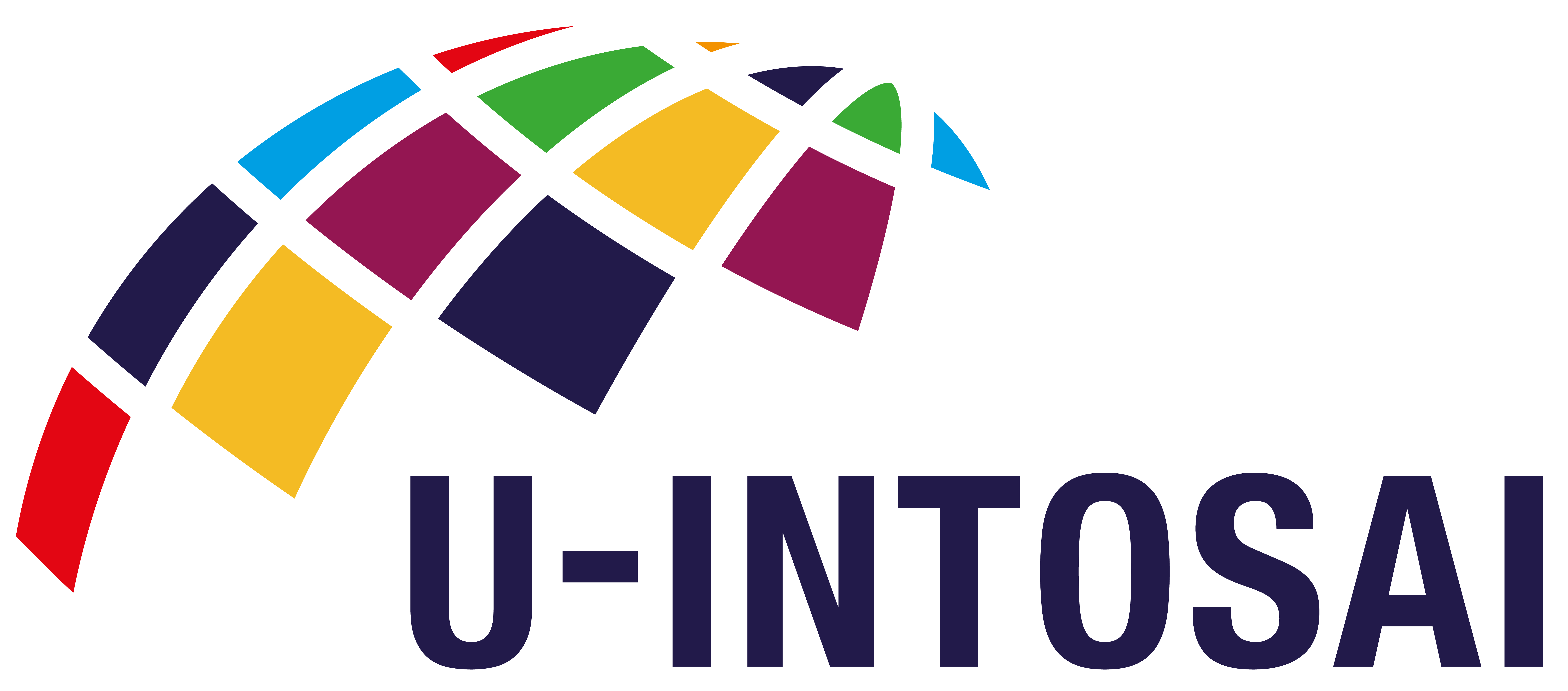Blog
Generative artificial intelligence (AI) is a subtype of AI that is responsible for creating new, original content.
McKinsey experts have understood the features of the technology and the possibilities of its practical application.
ChatGPT and DALL-E software services are the brightest and most popular tools developed on the basis of machine learning. Machine learning is a class of artificial intelligence methods, the characteristic feature of which is not the direct solution of a problem, but learning by applying solutions to many similar problems without human intervention. Until recently, machine learning was largely limited to predictive models used to observe and classify patterns in content. Generative AI has been a breakthrough. The technology not only analyzes and classifies information, but also creates visual or textual content.
The construction of a generative AI model has become possible due to the increase in computing power and the available amount of data storage. ChatGPT was trained on 45 terabytes of text data at an estimated cost of several million dollars. Artificial generative tools can create a wide variety of texts and then respond to criticism to make the text more fit for the purpose. Among the key risks is the creation of factually incorrect and biased content due to the large amount of erroneous and biased information on the Internet. To mitigate existing risks, it is necessary to carefully select the initial data used to train these models, use specialized AI models, and avoid using generative AI models for making important decisions

